When most people think of cocaine, they might picture parties, nightclubs, or concerts. But cocaine addiction is a serious issue with potentially deadly consequences. Understanding the drug and its effects can help reveal just how dangerous it truly is.






